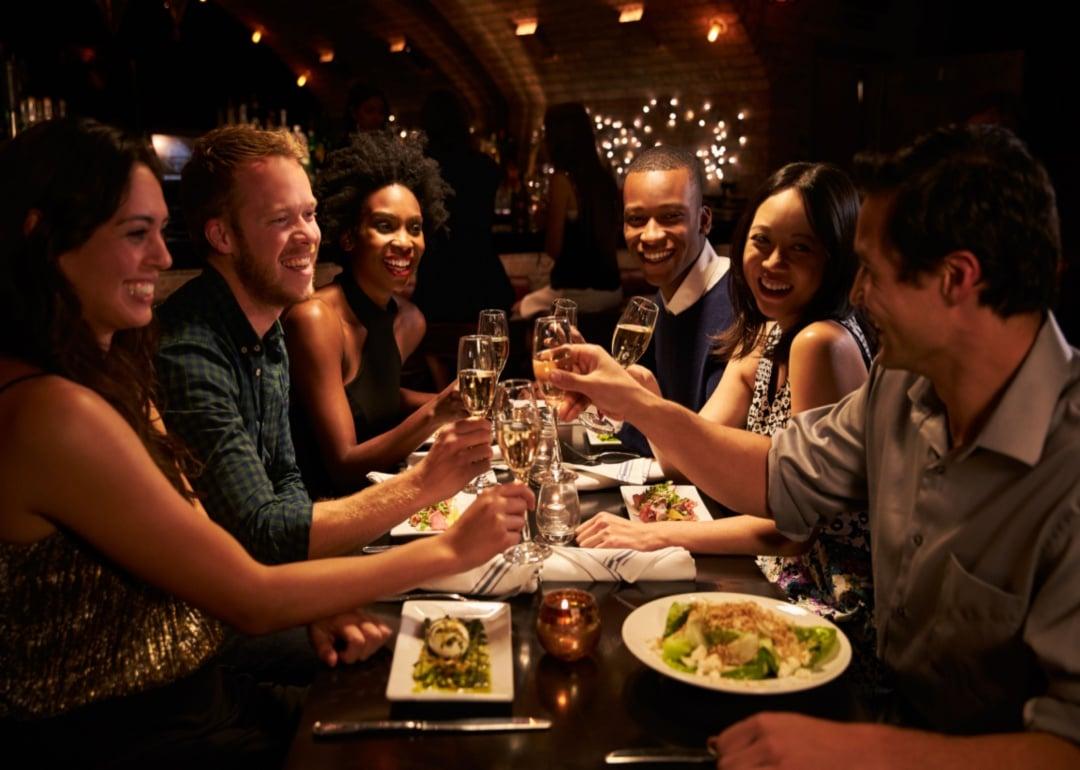
Customers want restaurant loyalty programs—here's how they work
Customers want restaurant loyalty programs—here's how they work
Fifty-one percent of restaurant diners participate in loyalty programs, according to a February 2023 survey by PYMNTS. Just under half of these patrons take part in these programs at quick-service restaurants, while 34% use them at full-service restaurants.
Loyalty programs represent a financial break for restaurant-goers amid record-high inflation across the food industry. Food costs increased by 25% between 2019 and 2023 alone, according to the Department of Agriculture. Projections aren't much better: All food prices in 2024 are expected to rise another 2.5%. Rising costs and reductions in foot traffic inspired many restaurants to rethink and reinvent loyalty programs throughout 2023, pushing hard to adopt these initiatives to ensure repeat customers.
To better understand how loyalty programs benefit diners, Task Group compiled insights on these programs' most important and popular features.
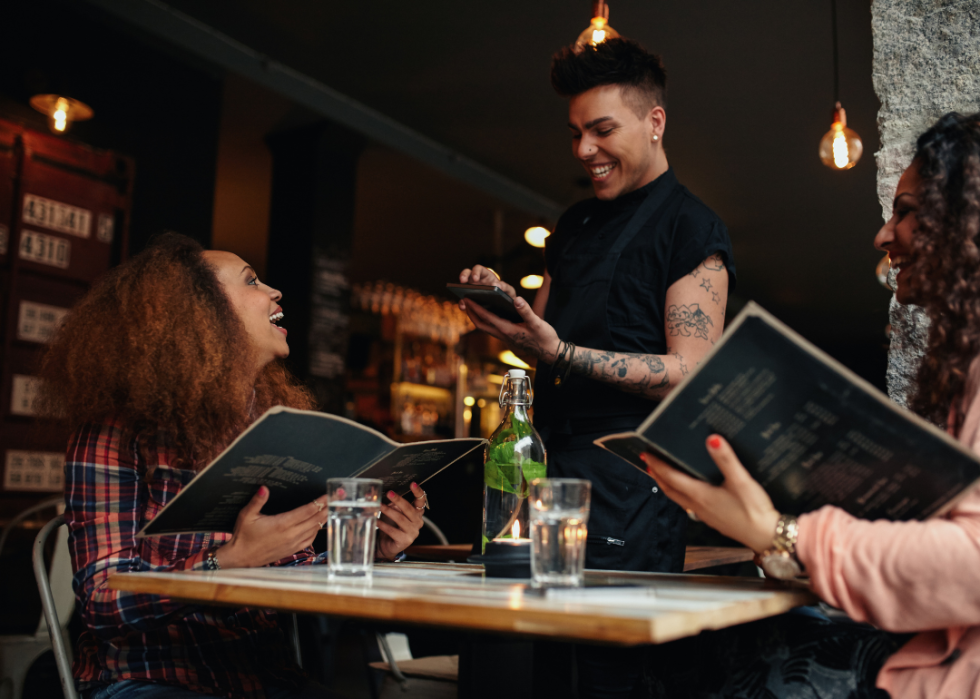
Fundamentally, loyalty programs incentivize repeat customers
Loyalty programs offer price markdowns for patrons looking for a restaurant experience that won't break the budget. The opportunity for markdowns creates loyal, returning customers, as loyalty programs can provide coupons, reduced prices, exclusive products, and even free items.
Loyalty programs enjoy a major return on investment when it comes to repeat visitors: Loyalty program members visit their favorite restaurants more than 40% more frequently than nonmembers, according to Paytronix's 2024 Online Ordering Report.
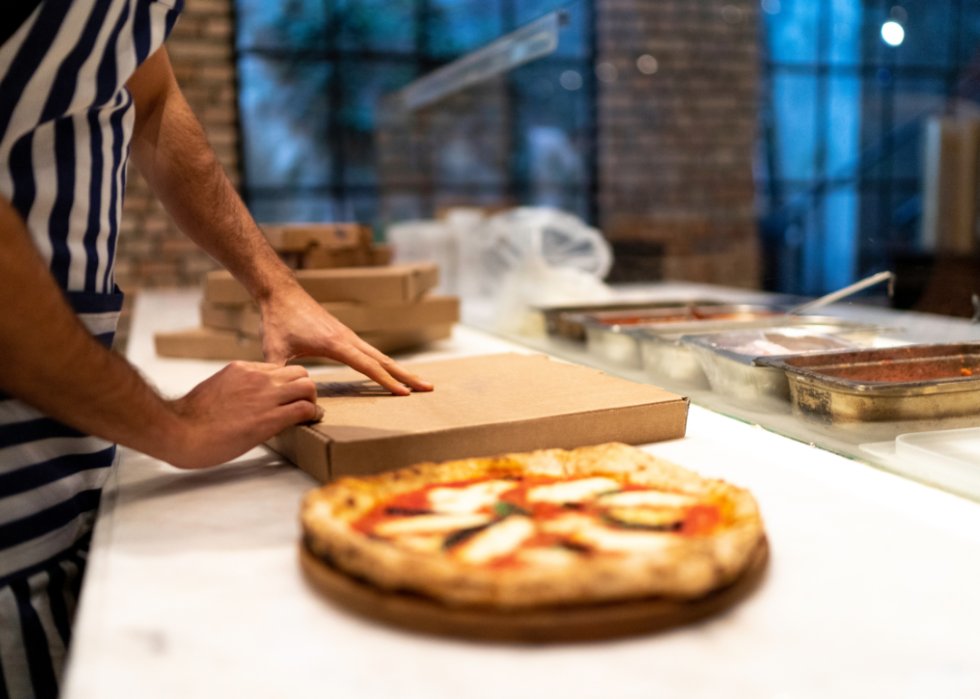
Loyalty programs are now commonplace at fast-food and sit-down restaurants
There was a massive uptick in the share of customers using restaurant loyalty programs between 2022 and 2023 across all kinds of restaurants, according to data from PYMNTS.
Among popular fast-food establishments, loyalty programs are nothing new. Starbucks has long offered free beverages when you collect a certain number of gold stars, while McDonald's offers new mobile app users $4 off on their first order and other free goodies later. Chili's Grill & Bar nails the loyalty program, offering free chips and salsa or a nonalcoholic beverage for Chili's rewards members every 45 days, along with easy online ordering and curbside pickup through Chili's To-Go.
Other restaurants are pushing the boundaries of what a loyalty program can look like. At Cheesecake Factory, its new loyalty program—rolled out in 2023—featured complimentary slices of cheesecake on members' birthdays, DoorDash integration, and access to reservations.
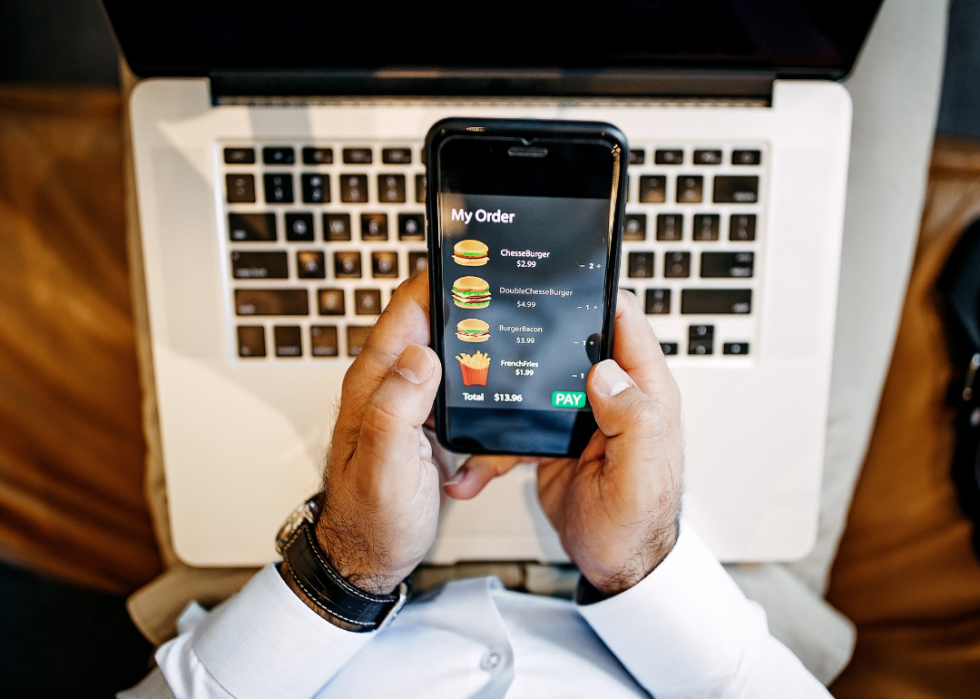
The name of the game? Markdowns.
Cost reductions are a significant component of loyalty programs, though a little gaming of the system guarantees the maximum benefits. To get the most out of a free drink at Starbucks, for example, it behooves customers to order the most expensive drink available; meanwhile, at Chick-fil-A, it's wise to redeem points on menu items with the lowest number of points per dollar to fully realize your purchasing power.
Another cost benefit for customers using loyalty programs is the ability to avoid typical markups from third-party delivery services or aggregators. On average, restaurants charge as much as 24% more for menu items on a third-party aggregator. Loyalty programs encourage patrons to buy directly from the restaurants they frequent.
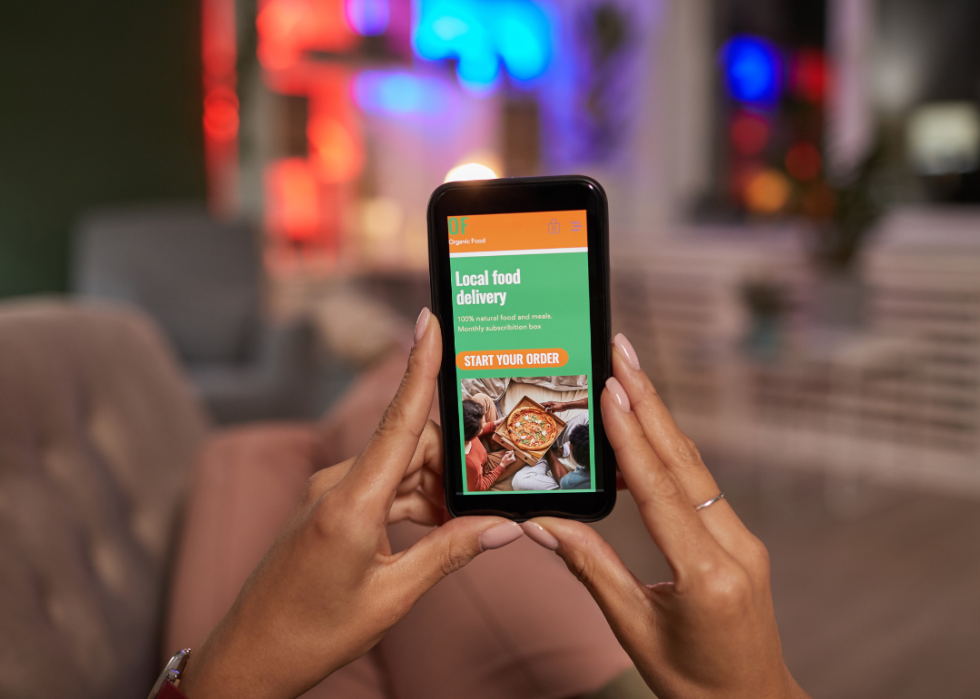
App-based rewards
Along with the convenience of having loyalty programs readily available, an app allows restaurants to track customer information to provide personalization in terms of location, favorite food orders, and even days they visit. This information allows for an even more personalized customer experience, offering deals that work well for their schedules and preferences based on purchase history.
A rising number of major restaurant chains are leaning into this personalization with loyalty programs in 2024, leveraging consumer data and artificial intelligence to better personalize perks to drive engagement and even emotional attachment to brands. That data can also help to focus restaurants' marketing strategies.
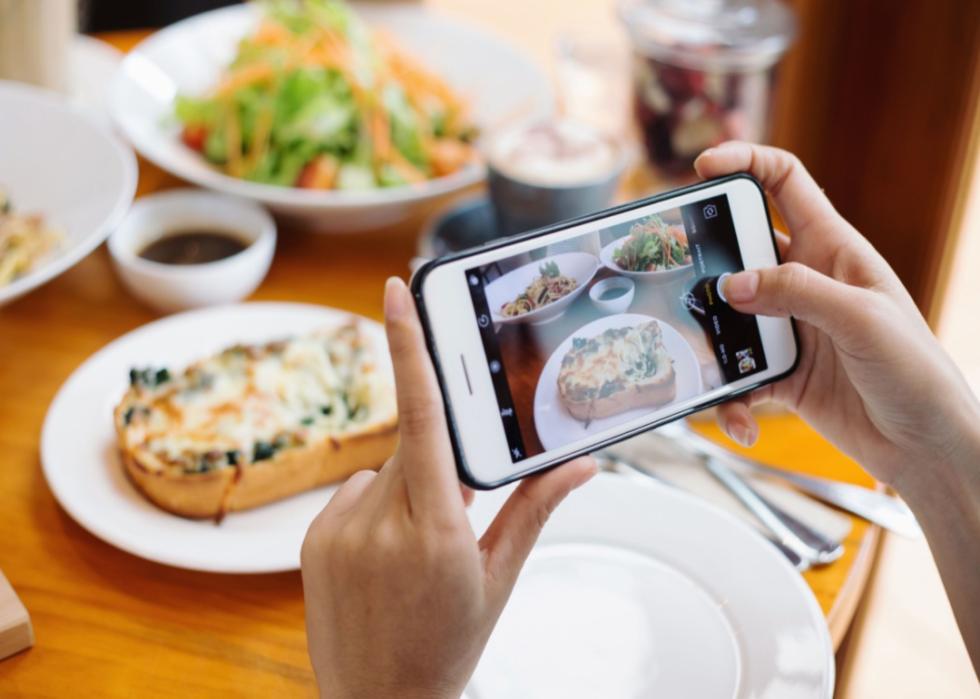
Social media
While many quick-service chains and some table-service chains offer discounts through apps and email marketing, many aren't tapping into that loyal fan base through social media marketing.
PYMNTS in 2022 reported that 1 in 4 nonchain, quick-service restaurants offer rewards to customers who support the restaurant through social media; this encourages customers to engage with the brand online to receive discounts and coupons, yet not many other types of restaurants offer this benefit. Only 4% of table-service chains provide this incentive, and no reported quick-service chains and independent table-service restaurants supply it. Such an offering could help build a brand's social media presence through organic social media marketing while bringing potential new customers into their loyalty programs.
Copy editing by Tim Bruns.



